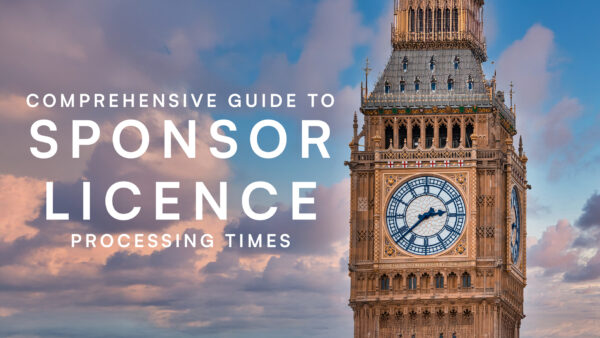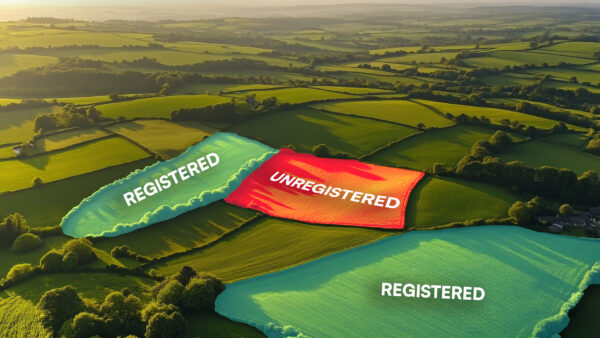UK tax returns are due by the end of January – but do you know whether you need to report your cryptoassets?
31 January is a key date in the UK tax year, as the deadline for submitting a self-assessment tax return. Hopefully by the time you read this you will be secure in the knowledge that your own return has been submitted, if you are a self-assessment taxpayer. However, if you have been investing in cryptoassets, are you sure that you have reported everything you need to? Unfortunately, given this is such a new type of asset and the law is still being established, many people are unaware of the tax rules relating to their cryptoasset holdings.
For example, have you ever found yourself thinking along the following lines:
- I’ve invested into crypto, and I switch between different tokens from time to time, but until I cash in for fiat currency I don’t have any tax issues to worry about.
- I can’t have a UK tax liability on my crypto, because I’m a non-UK domiciliary paying tax on the remittance basis, and only deal with offshore exchanges.
- I don’t need to declare tax on my crypto, because HMRC have never asked me to submit a tax return.
If so, you need to carefully consider your tax position – read on for more details.
Capital Gains Tax – Do I have to pay CGT on cryptoassets?
In the UK, capital gains tax (CGT) is payable on the disposal of any asset. In a straightforward case, this would be when you sell something for cash. For example, if you purchased a Bitcoin in 2010 for £10,000, and you’re selling it now for £80,000, then you would have made a capital gain of £70,000, less any deductible costs.
Do I have to pay tax if I swap one crypto token for another?
However, the concept of a disposal goes far beyond a cash sale. For one thing, it includes an exchange of one asset for another, even where one cryptoasset token is swapped for another. Therefore, if instead of selling your Bitcoin for cash you had exchanged it for 30 ETH, you have still made a disposal, and so could be liable for CGT on the difference between the price you paid for the Bitcoin, and the market value of the ETH received in exchange.
Do I have to pay tax if I gift or spend a crypto token?
More broadly, you will be making a disposal whenever you give up your ownership of a token. For example, if you make a gift to somebody, or spend it, such as to purchase an NFT or to pay for other goods or services. Each of these scenarios can be subject to CGT.
Do I have to pay tax on mining or staking?
If you are receiving tokens through mining on a proof of work blockchain, or staking on a proof of stake blockchain, then you need to consider whether this is subject to income tax.
The law on this issue is currently not certain, but HMRC’s view is that generally income from mining or staking will be subject to income tax, after deduction of certain allowable expenses. We can provide advice on this topic.
Remittance basis taxpayers – are crypto gains and income subject to UK tax?
As a remittance basis taxpayer, you do not have to pay UK tax on relevant foreign income, or foreign chargeable gains if such income or gains are not remitted (or brought back) to the UK. However, can a decentralised cryptoasset recorded on a global blockchain be said to be ‘foreign’?
Again, the law has not yet fully clarified this point. However, you need to be aware that HMRC has taken a very wide interpretation of the law, based on the residence of the beneficial owner. HMRC’s position means that remittance basis taxpayers are unlikely to escape UK tax on their cryptoasset income and gains, even where tokens are held for them by a foreign exchange or via a wallet held outside the UK.
If you find yourself in this position, you need to take legal/tax advice, as the position is likely to turn on the precise factual arrangements, as well as the interpretation of the law.
What to do about your cryptoasset taxes
If you find yourself having made cryptoasset disposals, then you need to consider your potential CGT or income tax liability and whether this needs to be reported to HMRC. CGT and income tax are both self-assessment taxes, which means that it is your responsibility to ensure you have reported anything you need to report, whether or not HMRC have already asked you to submit a tax return.
The calculations are not straightforward. For one thing, there will be various deductible costs, to reduce your tax liability. For another, fungible cryptoasset tokens are subject to the share pooling rules, meaning that it is necessary to work out an average cost based on all of your purchases.
Specialist software is available, which can help with these calculations. However, you need to understand the legal interpretation of transactions in order to ensure that the software is analysing your tax liability correctly.
How Quastels can help with cryptoasset taxes
Ben Rosen, Partner, and Jack Burroughs, Senior Associate, in the Private Wealth and Tax team are leading experts on the legal and tax treatment of cryptoassets. We can therefore advise you on the issues that might arise in calculating your taxes, including:
- which transactions are disposals for CGT;
- how staking and mining income is calculated; and
- whether gains and income are located in the UK or abroad.
We can provide the analysis of your cryptoasset gains and income needed to submit your tax return, and state your legal position to HMRC where the law is unclear or where mistakes may have been made. We are also able to assist with your estate planning for cryptoassets, helping to ensure that your tokens can pass to those you want to receive them, as tax-efficiently as possible.
To discuss your circumstances and find out how we can help you, please get in touch.









